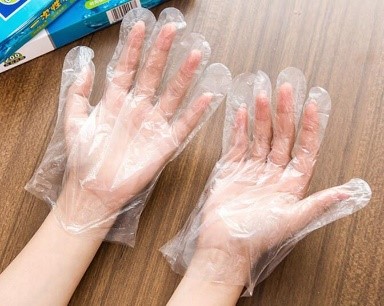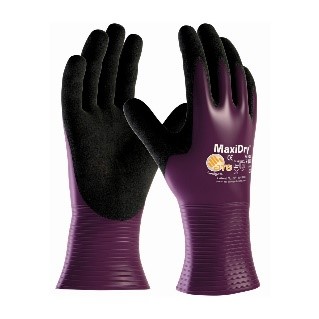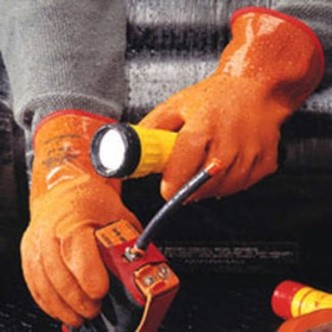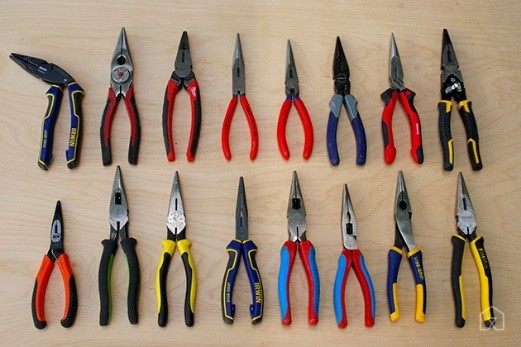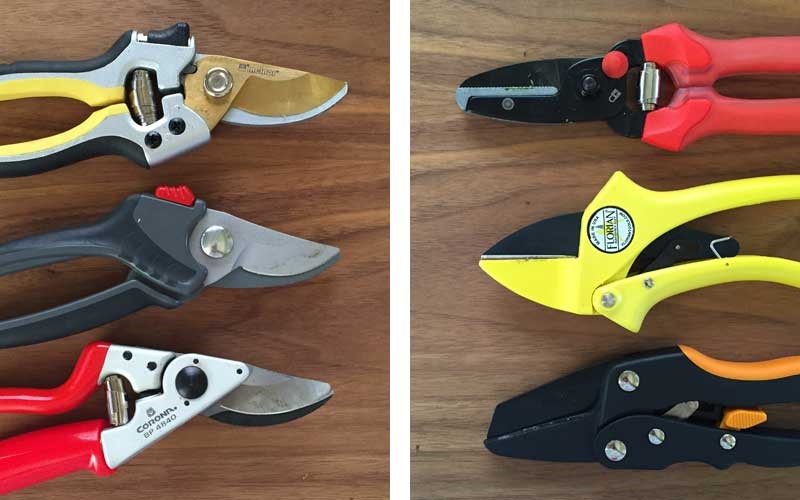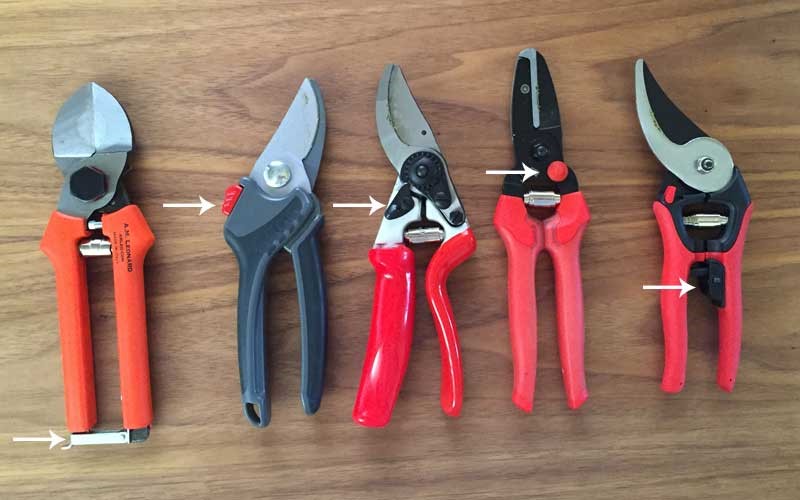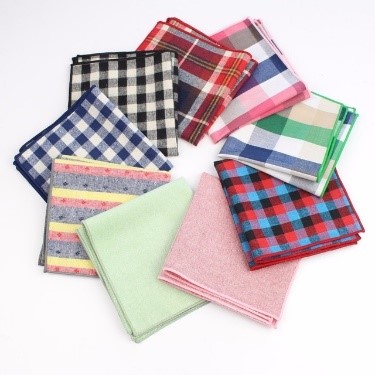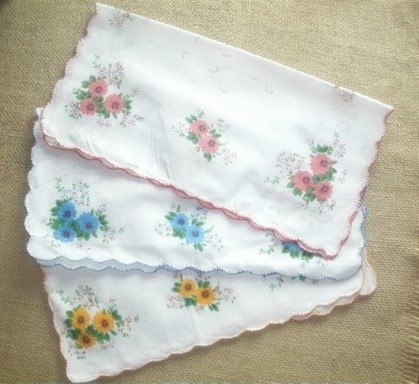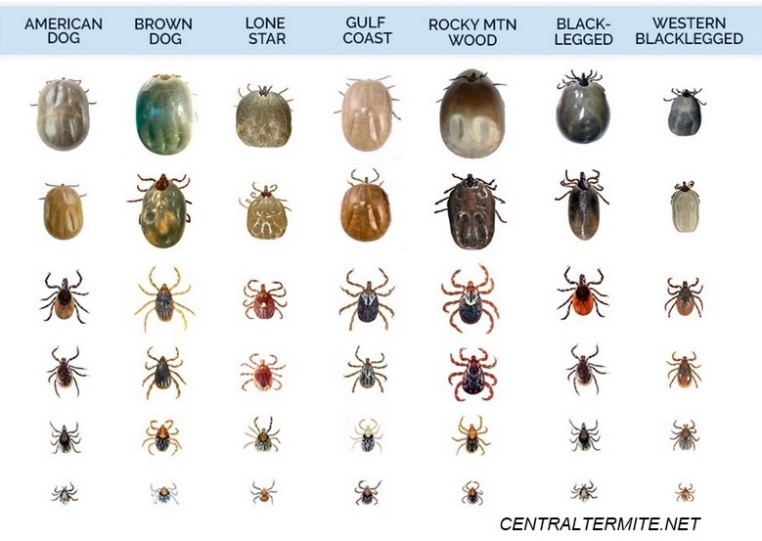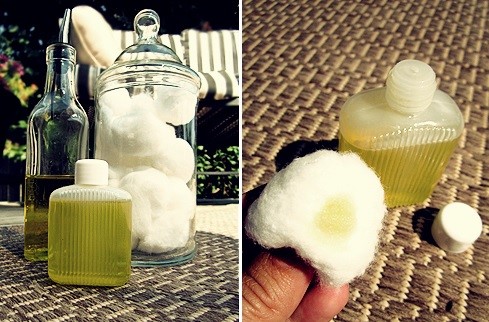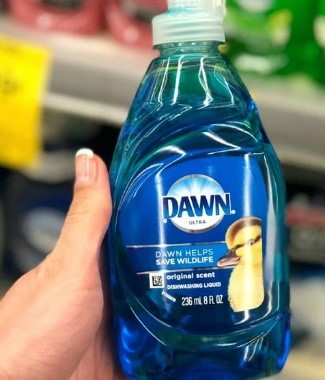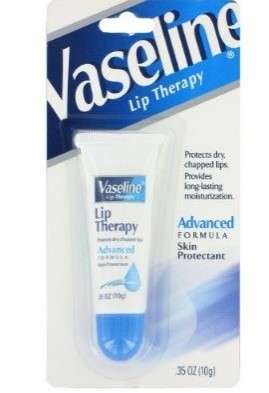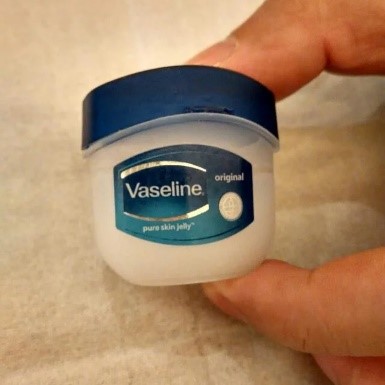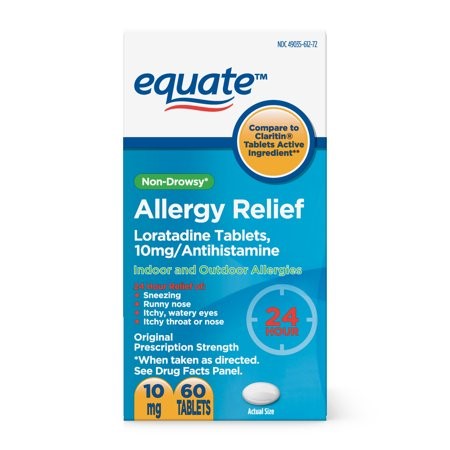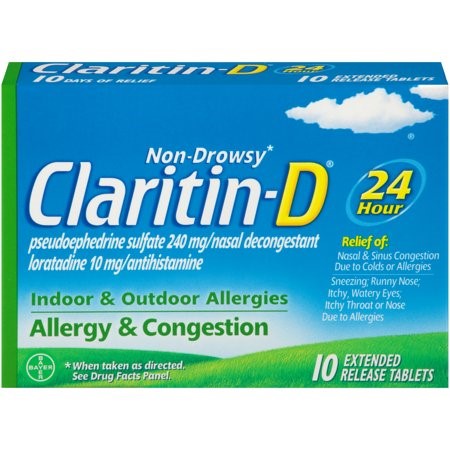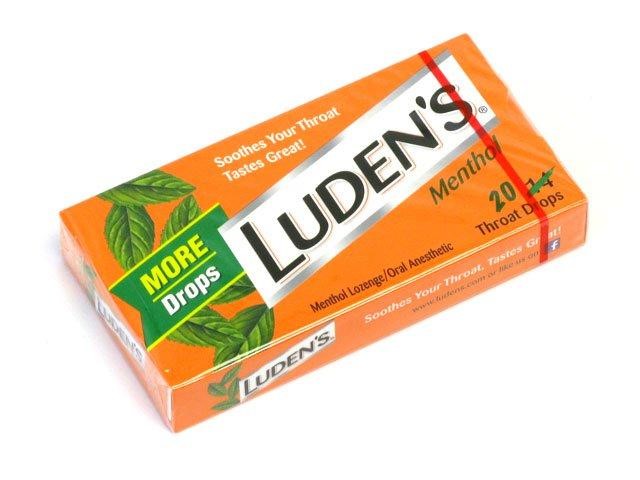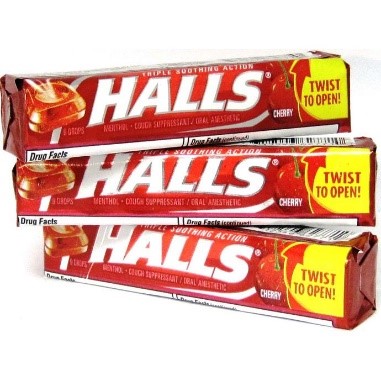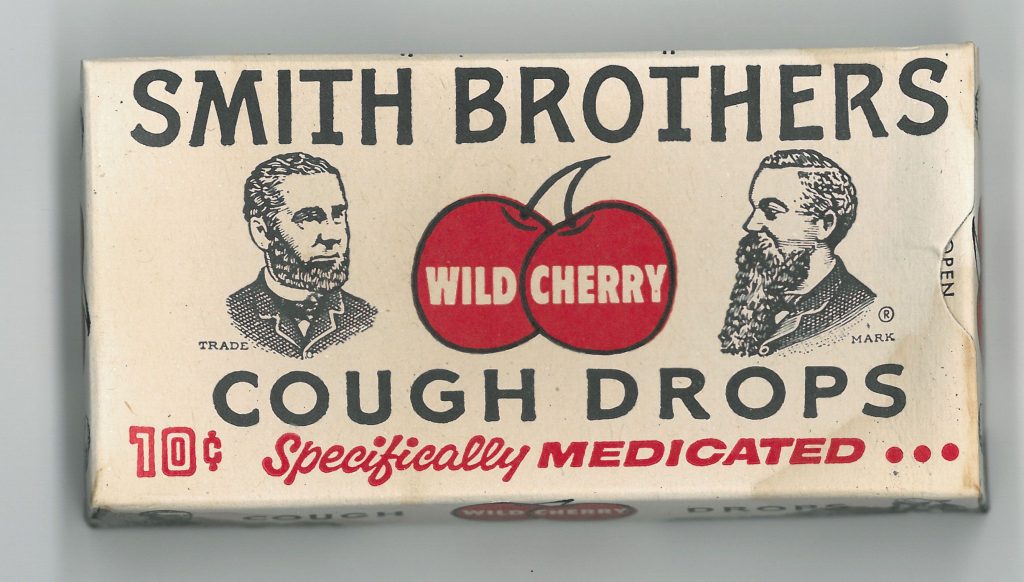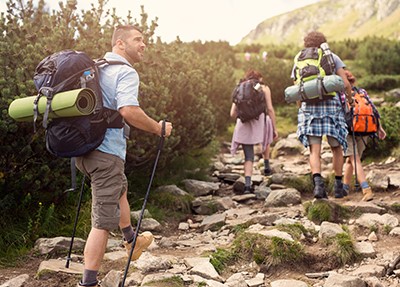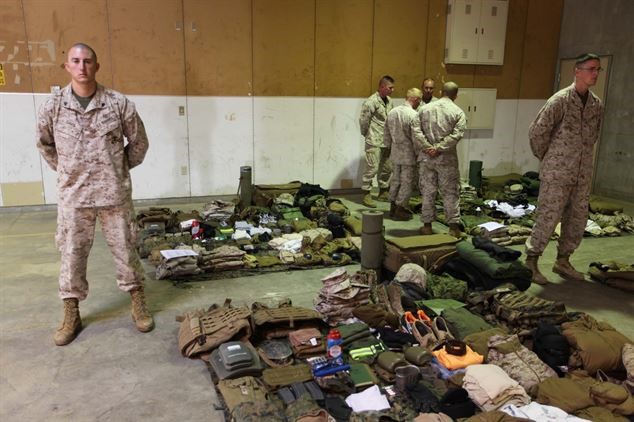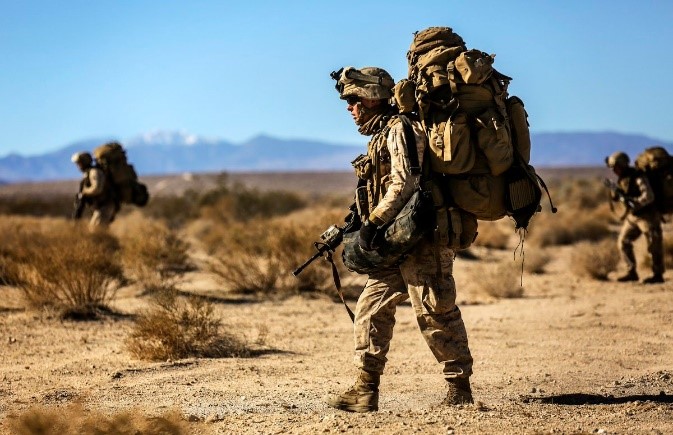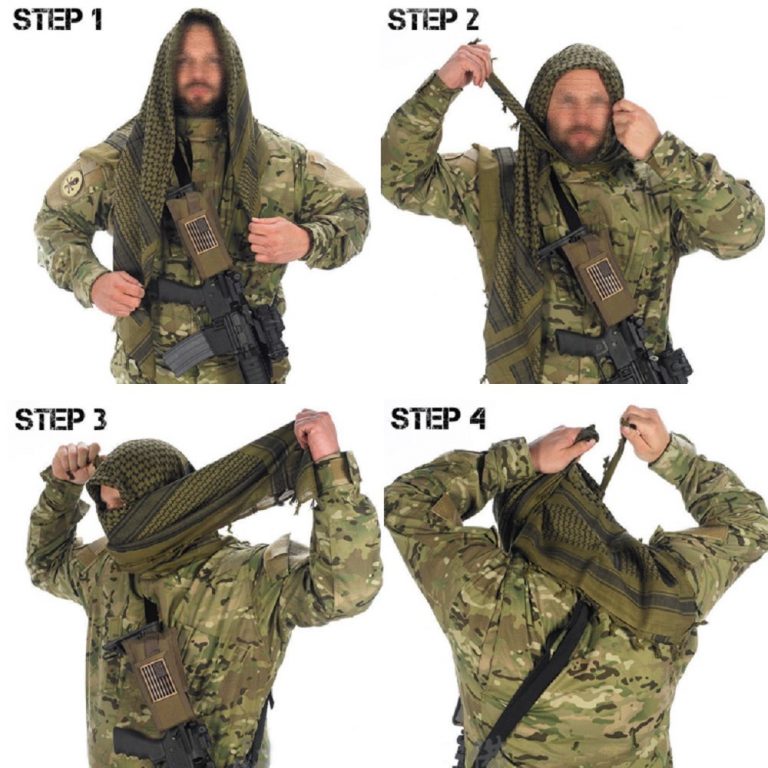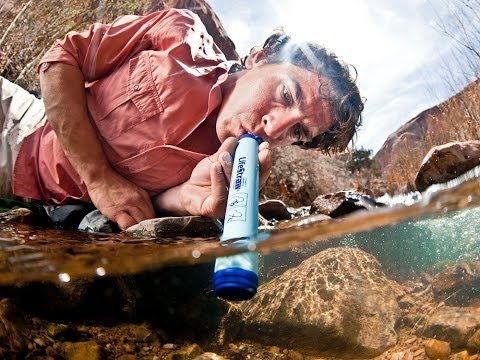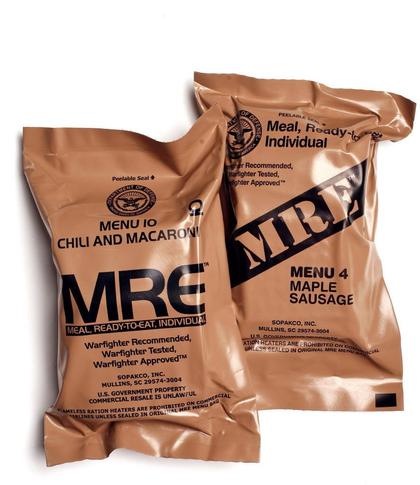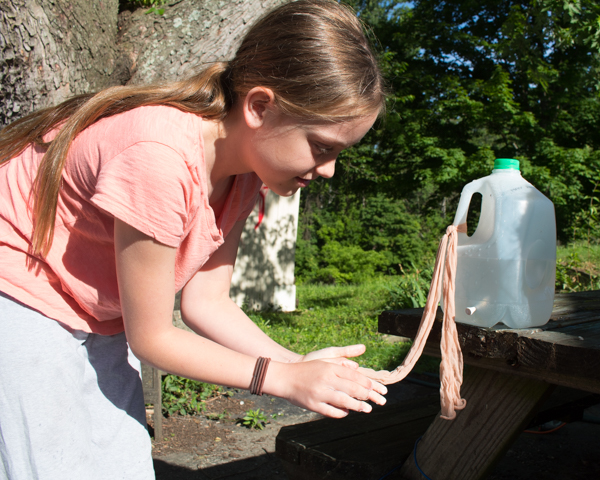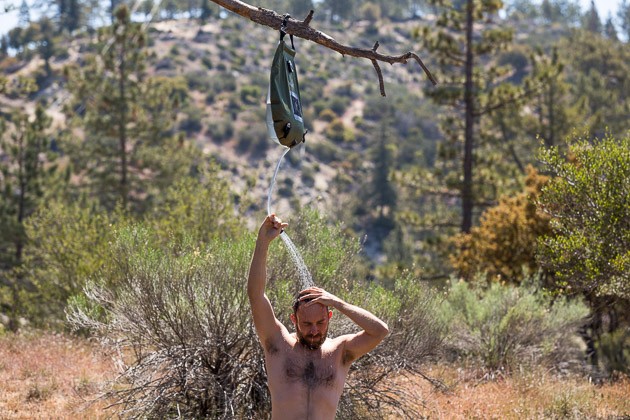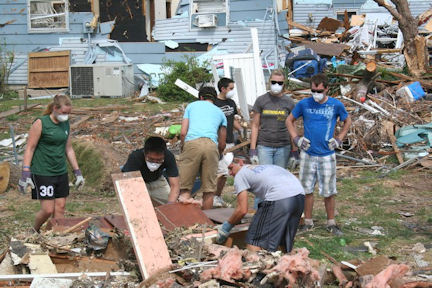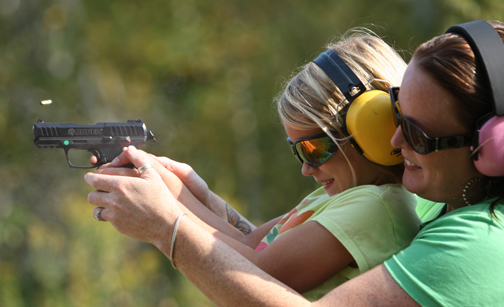Editors Note: Another guest contribution from R. Ann Parris to The Prepper Journal. If you have information for Preppers that you would like to share then enter into the Prepper Writing Contest with a chance to win one of three Amazon Gift Cards with the top prize being a $300 card to purchase your own prepping supplies!
I’m the first to suggest that many prepper packs can go on a diet. However, there are some handy gadgets that can make our lives easier or be downright must-have’s, whether we’re mid-disaster, packing for fun, or heading out to hunt, fish, or cut timber.
At the moment, I’m going to umbrella all the various bags preppers carry under Bug-Out Bags. So, when I say “BOB” also consider the GHB-Get Home Bag, GOOD-Get Out Of Dodge bag, day/patrol packs, kayak/canoe grab bag, belt bags, and whatever our non-pocket, semi-expanded EDC-Everyday Carry kit goes in.
Many are also worth the weight and space as permanent fixtures in our everyday and rec vehicles, our SIP-Shelter in Place and vehicle-evac totes and rolling bins, and our sheds and fence-mending coats.
Besides the bare-bones basics that are universal (yet situationally dependent), here’s a handful of BOB items to think about…


Disposable Gloves
Whether they’re truly disposable gloves or the kitchen types that are reusable but not truly a one-time purchase, some liquid-shielding gloves can be beneficial.
Many hunters use them to avoid pathogen contamination. One of my main purposes in keeping them handy is similar – protecting any nicks or larger cuts in grubby situations (I know for a fact you can use hand sanitizer and wash your hands wearing decent medical gloves on only one hand).
They’re also useful for preventing contact and cross contamination of something like poison oak/ivy while treating it or gingerly removing a suspicious leaf from Survival Dog’s coat.
Regular household gloves are a little tougher than exam gloves, and with some tape or an elastic hairband can still provide a decent seal. They can also go over a jersey-glove “liner” to form a warmer combination, one more resistant to rainy, wet conditions than the commonly packed leather shells or PVC-dipped garden gloves.




Skip the cafeteria/catering service gloves – they don’t fit well, they’re tough to get tight enough to be useful, and they’re very light duty.
Super long, heavy-duty work gloves are a little too bulky for me. There are some really good PVC-coated fisherman and janitorial gloves out there, but they’re a little pricey for me and a little too bulky for my purposes (versus a “good” set of “real” gloves).
My picks are the 7-10mil exam gloves in 5-pair pouches or the 2-pair packets of kitchen gloves, the ones that fit in back pockets and shirt pockets, and offer multiple changes for the same space and weight.

Pliers
Specifically, needle-nosed pliers with both decent textured ridges and decent to good wire cutters can be incredibly useful – useful enough to consider mod’ing a pouch for them or having them in your chest carrier.
Having them on-the-move handy helps with a biggie: detaching yourself from brambles or wire.
The ability to get a good grip on small and slick objects is huge, and my primary purpose – the snap that won’t pop, the strap that’s stubborn, the knot that got wet and then dried into concrete, a stiff zipper or if the zipper pull pops off, and getting a stubborn bottle lid open various ways.

They also give us the torque to turn wire coat hangers into anything we want, among the various intended-use repair and access purposes.
My test of how good cutters are is if they can handle a fishhook.
I know for sad fact that you can get through steel chain link, three-strand barbed wire, and definitely the thinner cattle/dog wire fencing with less-robust options. (And the next on the list – oops.) These guys did a nice review on a fair variety in price ranges.


Pruners
I like bypass pruners over anvil types, and vastly prefer one-handed operation – to include the lock, but I will acknowledge that grip-loop latches have fewer failures than slider locks. Like a knife, a full tang is going to be sturdier than hollow plastic, although they’re heavier.
They’re a biggie for me, because I forage and I typically make small fires using mini tin-can rocket stoves or a Dakota pit. A good pair of pruners can handle even starchy cattail rhizomes, upland grasses, willow, and the size limbs I want, with far less noise and weight than a hatchet or machete, and eliminate carrying my curved harvest blades while packing.
Like the pliers mentioned above, they can also be used to clip and detach briars from gaiters, chaps, pants, sleeves, dogs’ coats, etc.
And, as I accidentally discovered on several different occasions, you can cut through your fence with a good set.


Hankies
I specify hankies, because they’re small, thin, and light. I know plenty who carry large bandannas for their noses, but I like having multiples that I can cycle through, and to not have any question which was for brow mops and coffee cups, and which was for my nose.
Small cloths are also easy and fast to wash and dry, and – huge – I can be washing and drying 1-3 and still have 1-3 dry and ready for me. Equally huge, I can pass a clean one to a partner and retain my own. With a bandanna, it’s all or nothing.
(I do, absolutely, use and carry bandannas – just not for my nose.)

Cotton & [Something] for Ticks
Ticks can be serious business. Attached long enough, they can transmit all kinds of diseases. Removed incorrectly, not only is the disease vector an issue, we can leave bits inside to create other infections.
That’s no good.
Snopes.com and others have low opinions of it, but I have great success soaking a cotton ball in vegetable or olive oil and holding it against a tick for 1-5 minutes. Some of them let go on their own. Others require just the lightest of tugs.

Since I tend to pack with cotton balls a small container of oils anyway, it’s easy enough.
Others have used options like petroleum jelly and vapor rubs, and I can remember using Dawn (specifically name-brand that time) as a good option for an initial flea, mite, and tick bath for rescue cats, dogs, horses, and even birds back in the dark ages before Advantix and shoulder-neck oils.
The advantage to each of those is that, like the oil, they have other purposes inside our kits – some of them multiple alternate uses – and they’re available in pocket-sized, pack-able containers without extra steps.




Decent tweezers and a light are also biggies for adding to or including in a first aid kit for ticks alone, and well worth the weight versus cutting open a paw or hand to remove a broken thorn tip, splinter or insect stinger.
Even if you don’t go for making your own first aid kit instead of buying, and don’t go for those options, if you’re anywhere susceptible, please make some plans for ticks. We’re not in Permethrin head to toe 24/7.
Pet owners: Remember, ticks will hitch rides on even treated animals – they just don’t bite or suck, by treatment. Our critters can then carry them into our houses/camps, where they can easily transfer to humans.


Claritin
By “Claritin” I mean any allergy-type that will stop sniffles and sneezing without rendering our brains to noodles, although I do specifically really like Claritin-D and the Walmart 10 mg loratadine generic (versus other brands and generics).
For us, it’s not just about allergies – it’s about controlling the symptoms of any running nose.
Whether it’s hunting or trying to slide somewhere unnoticed, an ill-timed sneeze can bust you instantly, or mess up an aimed shot.
Sneezing and having to snort/shoot rockets to breathe is going to make it tough to get rest, especially if the best rest possible is already cat naps or light dozing. It may also disturb any partners who also desperately need rest if humping the backwoods.



Cough Drops
Cough drops are there for the same reason – stopping the various types of coughs we might have to avoid detection, inopportune timing, and disturbances.
As with small packets of hankies, I tend to think small rolls or boxes stashed in readily-available pockets/pouches is best.
I also prefer the types wrapped in waxed-paper vice plastic. There’s a noise aspect as well as personal leanings about the type of waste produced. Small snack-sized zip-close baggies can keep them dry and contained.
Baggies are also an option to replace any bags we choose to buy instead of rolls/boxes. If we skip the Ziploc, double check that those bags have resealable tops.

Weight Sucks That Are Worth It
There are basics that are listed in every single article about our various bags and kits. Shelter, warmth, foot gear, first aid, knives, duct tape, rain gear, and others are ubiquitous, while also being hugely dependent on our skills, intentions, family/group composition, location, and even season. Rope and bungee cords are biggies for any packing, evac and even SIP situations.
I’m not big on overloading or hauling rucks built for multi-day patrols in hostile nations. The basics and water take up enough weight and space as it is, especially in some climates and with pets and-or children.


These particular weight sucks are worth the load to me. I have them in multiple locations, multiple bags and boxes and in some cases tool belts and coat pockets, on a daily basis.
They regularly have multiple uses, although some require something to go “wrong” before we value them. They can keep us safer, make us more efficient, and save the day even before a Big Thing happens or a storm has us trapped, just bopping around our daily lives.
And, I have to throw it in there, even though it’s an “obvious, always” list item: Water.
As much as you can bear even “just” for an afternoon park stroll, in whatever containers work for the budget, water is worth its weight.
Follow The Prepper Journal on Facebook!
. How prepared are you for emergencies?
#SurvivalFirestarter #SurvivalBugOutBackpack #PrepperSurvivalPack #SHTFGear #SHTFBag


